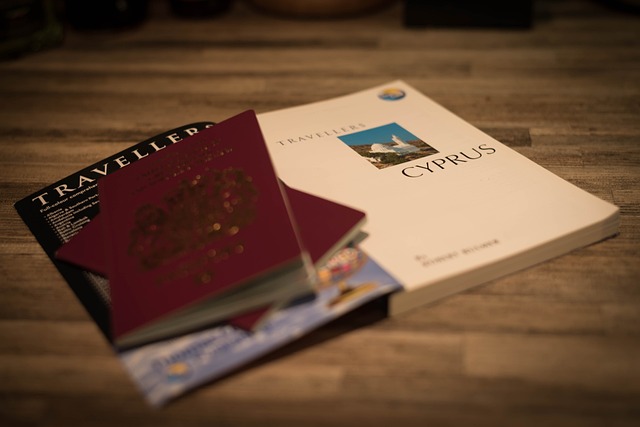In recent years, a growing demand for multilingual children's books in the UK has led to an increase in translation services that adapt stories into multiple languages while preserving cultural nuances. These services cater to diverse populations, enrich the literary landscape, and foster understanding among young readers. To ensure high-quality adaptations, parents and publishers should choose specialized providers specializing in children's literature, utilizing localization, native speaker proofreading, and marketing strategies emphasizing early language exposure and cognitive development.
In today’s diverse and globally connected world, there’s a growing demand for multilingual children’s books in the UK. This trend reflects not only cultural shifts but also a deep desire to foster early language learning and broaden young minds. This article explores the benefits of translating UK children’s literature, key considerations when choosing translation services, and effective strategies to promote and market these valuable resources.
- The Growing Demand for Multilingual Books in the UK
- Benefits of Translating Children's Literature
- Key Considerations for Choosing Translation Services
- Strategies to Promote and Market Multilingual Children's Books
The Growing Demand for Multilingual Books in the UK

In recent years, there has been a noticeable shift in the demand for multilingual children’s books within the UK. This growing trend reflects a broader cultural and social recognition of the benefits that dual-language or multilingual literature offers to young readers. With a diverse population comprising various ethnic backgrounds and native languages, UK parents and educators are increasingly seeking resources that cater to this diversity. Multilingual children’s books serve as a powerful tool to foster early language acquisition, broaden cultural understanding, and promote inclusivity.
The market for UK children’s literature translation services has responded to this demand by offering specialized solutions. Professional translators and localisation experts are now dedicated to adapting beloved stories into multiple languages while preserving their essence and cultural nuances. This ensures that children from diverse linguistic backgrounds can access and enjoy the same literary experiences as their peers, thus contributing to a more inclusive literary landscape in the UK.
Benefits of Translating Children's Literature

Translating children’s literature into multiple languages opens up a world of opportunities for authors and publishers, allowing them to reach a broader audience, especially in diverse markets like the UK. With a growing population of multilingual families, there is a significant demand for books that cater to their cultural identities and language preferences. UK Children’s Literature Translation Services play a vital role in bridging this gap by providing high-quality translations that preserve the essence of the original story while adapting it for new readers.
This process not only expands the market potential but also enriches the literary landscape, fostering an appreciation for diverse cultures and languages among young readers. Well-translated children’s books can spark curiosity, encourage language learning, and promote understanding between different communities, making them invaluable resources for schools, libraries, and families alike.
Key Considerations for Choosing Translation Services

When considering UK Children’s Literature Translation Services, several key factors come into play to ensure high-quality and culturally sensitive adaptations. Firstly, look for service providers that specialize in children’s literature, as they understand the nuances of language, tone, and cultural references specific to this genre. Expert translators who have experience with both source and target languages are vital to maintaining the original meaning and essence of the story.
Additionally, consider the translation process itself. Some services offer a comprehensive approach, including not just word-for-word translations but also localization, ensuring the book resonates with young readers in the target culture. The use of native speakers for proofreading and editing can further enhance accuracy and readability. Reputable UK children’s literature translation services that prioritize these aspects will contribute to the global expansion of captivating stories, making them accessible to diverse young audiences worldwide.
Strategies to Promote and Market Multilingual Children's Books

To promote and market multilingual children’s books effectively, creators and publishers should leverage specialized UK Children’s Literature Translation Services. These services ensure high-quality translations that capture the essence of the original story while adhering to linguistic nuances specific to each target language. By partnering with experienced translators who understand both the source text and the cultural context of the intended audience, authors can expand their reach to diverse markets without compromising on quality.
Marketing strategies should focus on highlighting the unique benefits of multilingual books. Emphasize the importance of early language exposure for cognitive development and cultural understanding. Utilize social media platforms to showcase engaging content in multiple languages, targeting parents and educators who value bilingualism. Collaborate with influencers and book bloggers from different linguistic backgrounds to review and recommend these books, fostering a sense of community among multilingual families. Additionally, participating in literary festivals and exhibitions dedicated to children’s literature, both locally and internationally, can significantly boost visibility and sales.
In conclusion, the growing demand for multilingual children’s books in the UK presents a significant opportunity to expand access to literature and enrich young minds. By leveraging professional translation services specializing in UK children’s literature, authors and publishers can create engaging content that resonates with diverse audiences. Through effective marketing strategies, these multilingual books have the potential to become essential tools for fostering cultural understanding and literacy among children across the nation.
